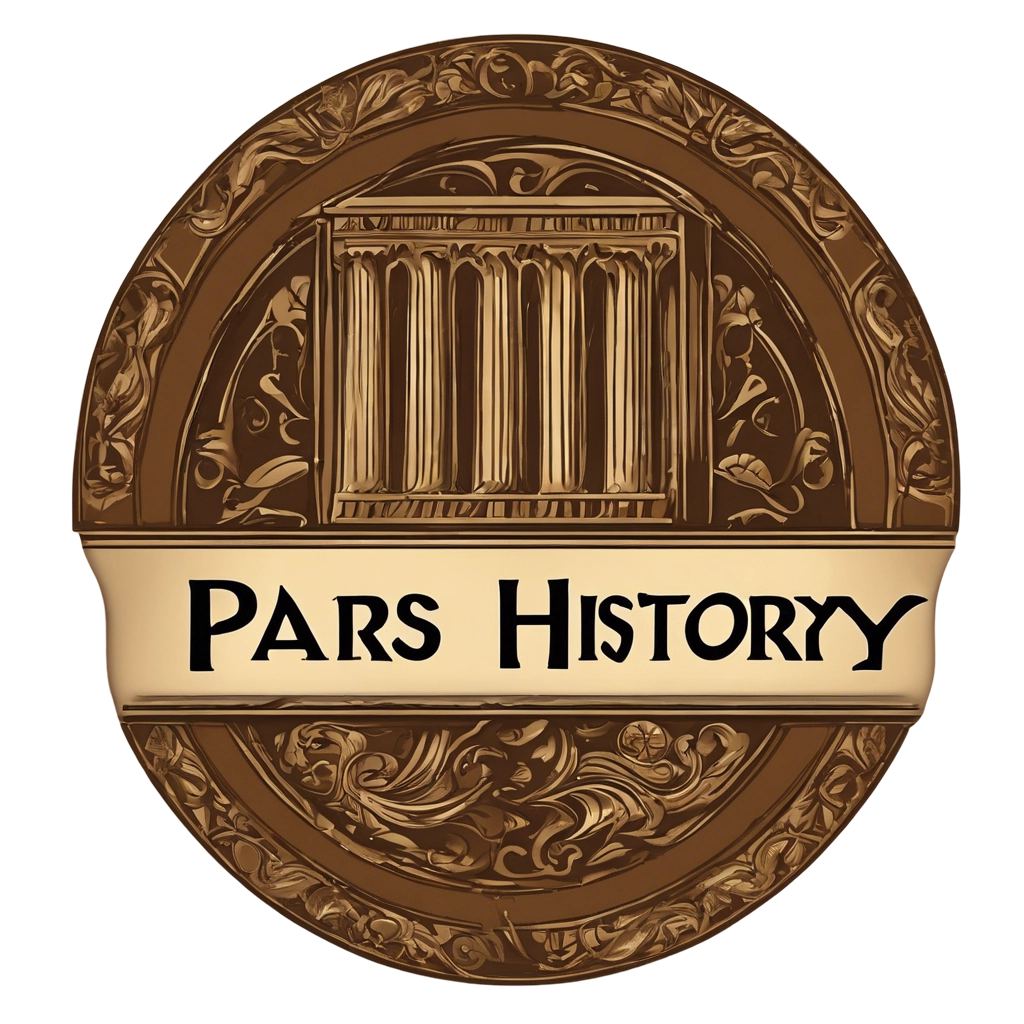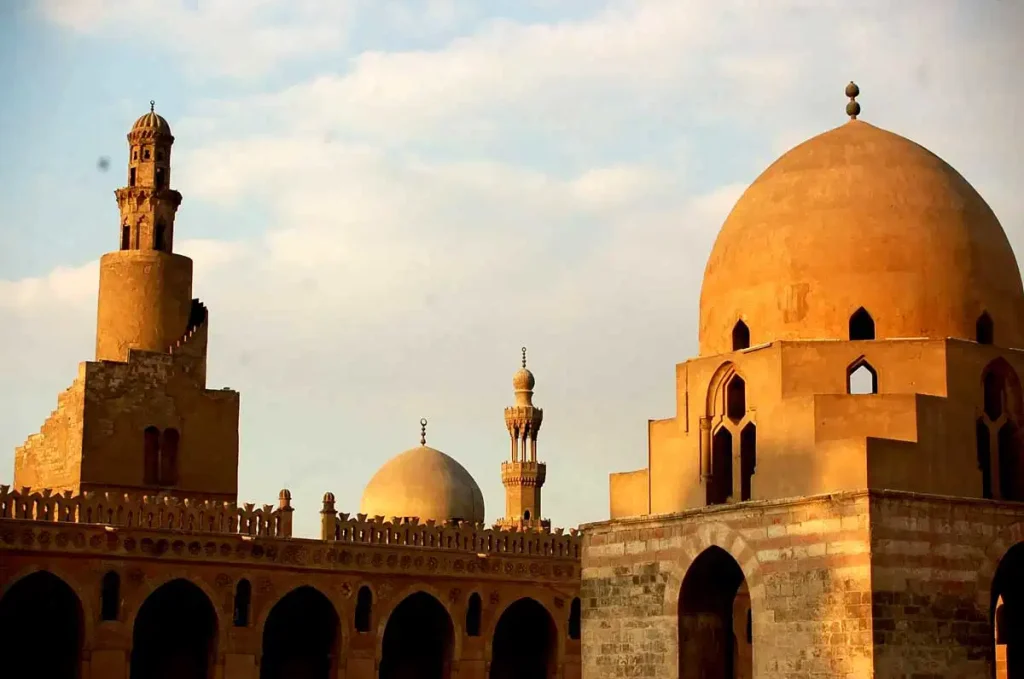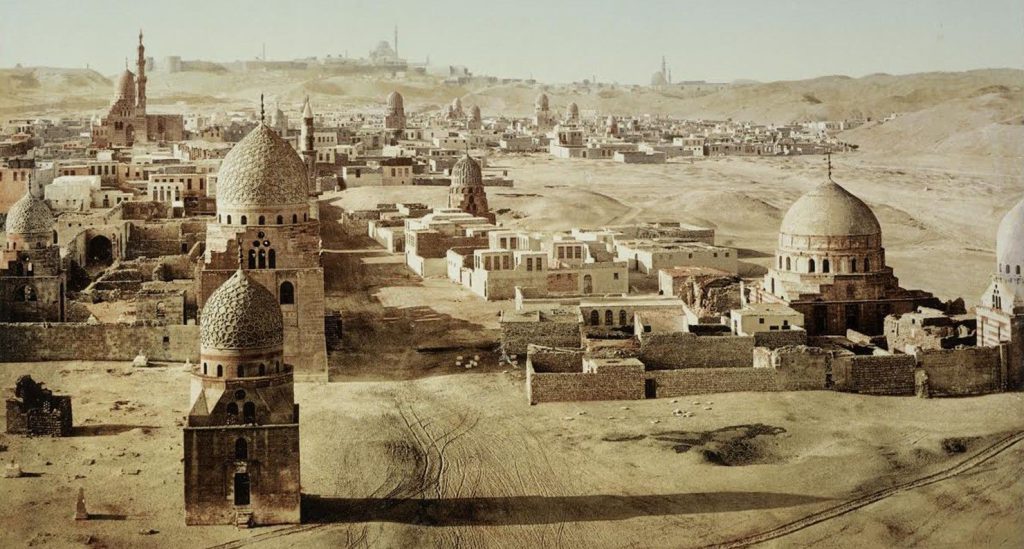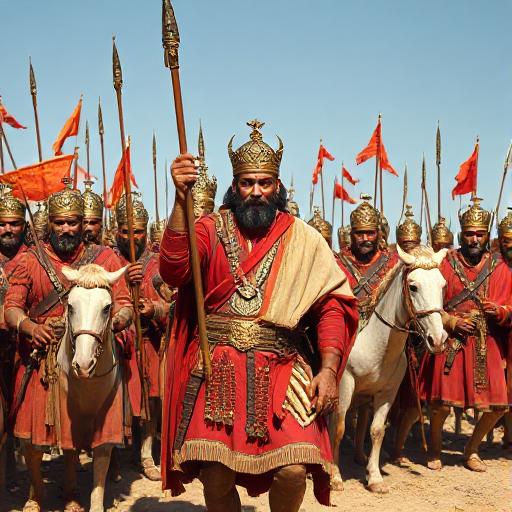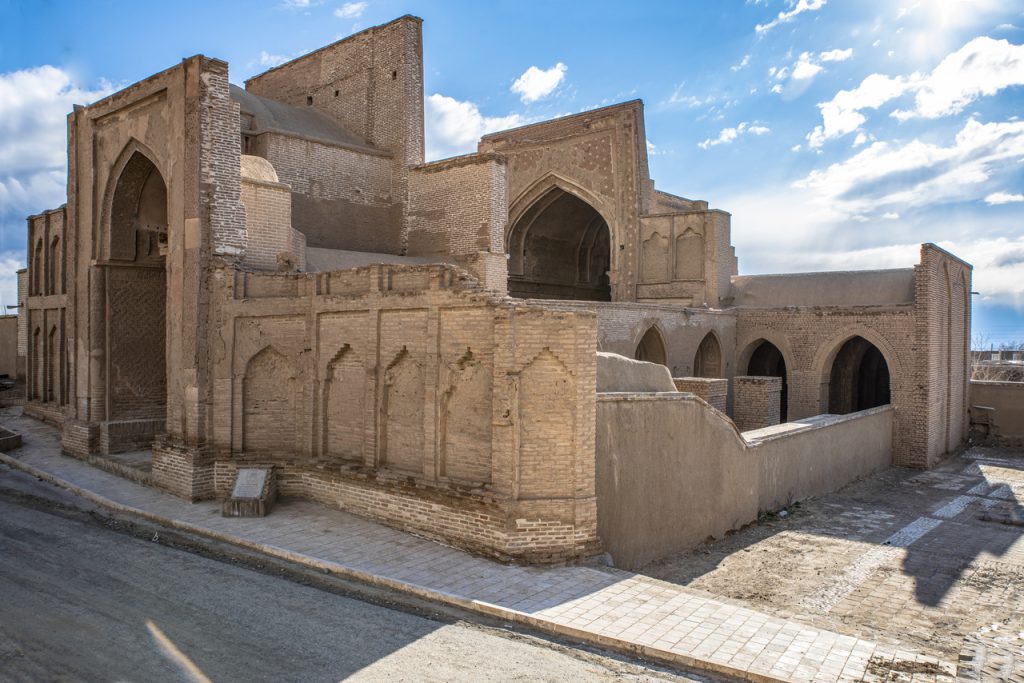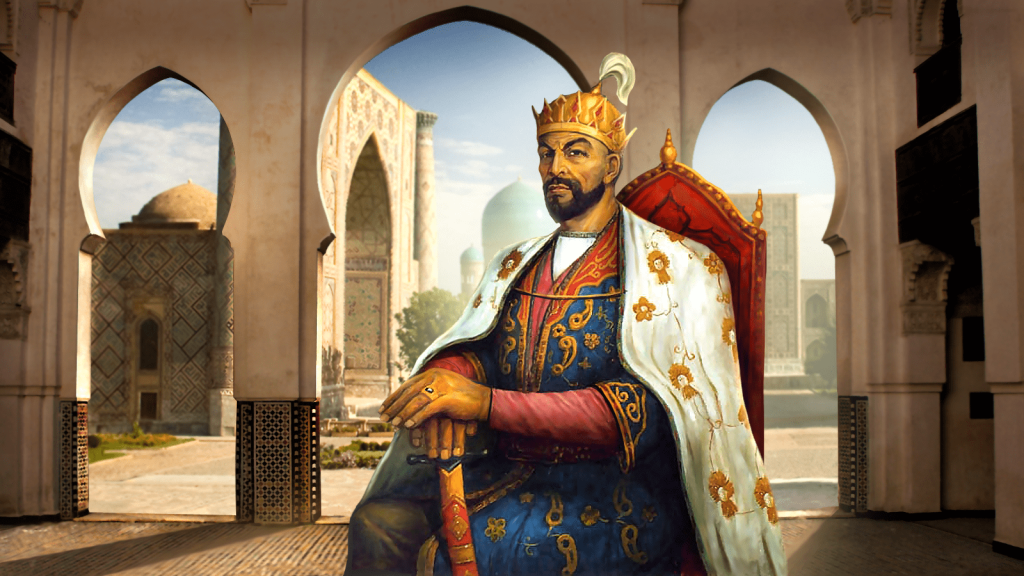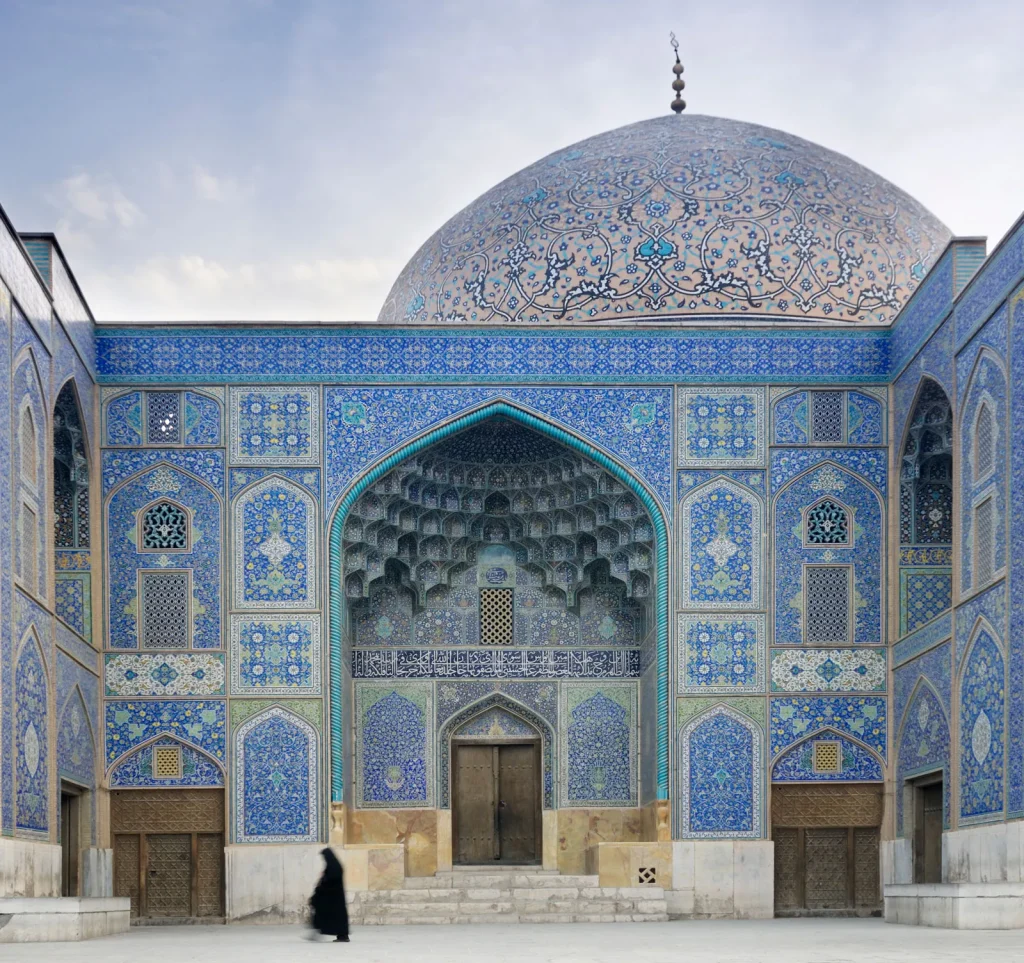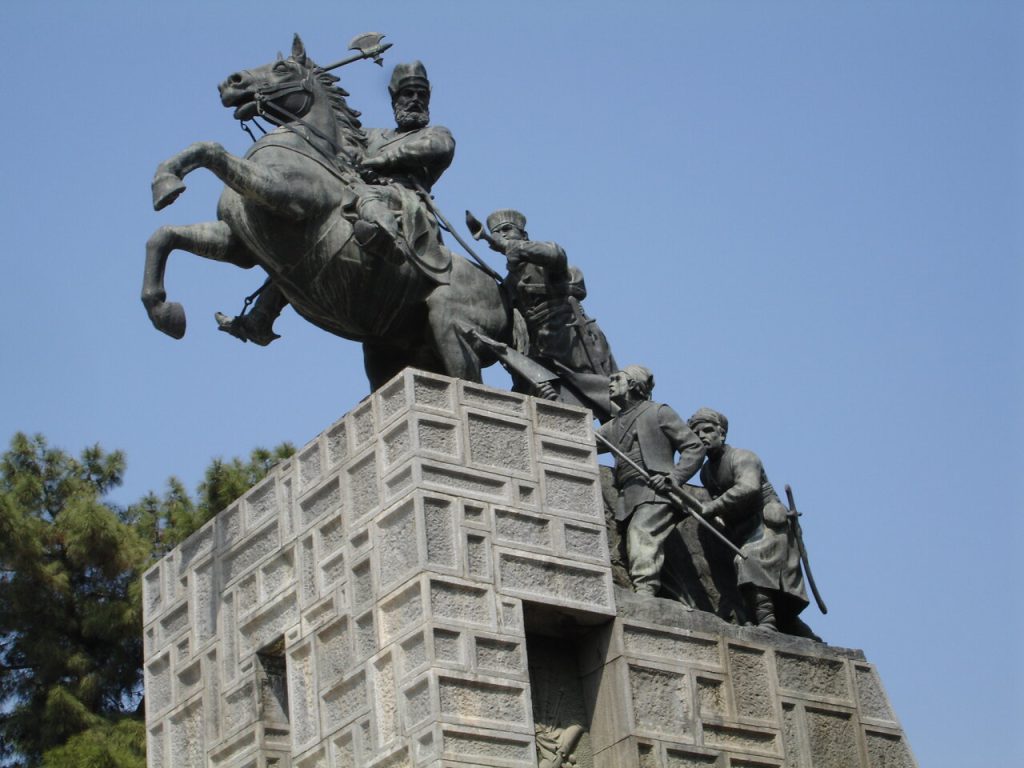Medieval Iran
Medieval Iran refers to the historical period from the Islamic conquest in the 7th century until the rise of the Safavid dynasty in the early 16th century. This era witnessed significant political, cultural, and intellectual developments, as various dynasties, including the Umayyads, Abbasids, Samanids, Seljuks, and Mongols, ruled over Iran.
During this time, Iran became a center for science, philosophy, literature, and art. Notable scholars such as Avicenna (Ibn Sina) and poets like Ferdowsi and Rumi emerged, leaving a lasting legacy on global culture and knowledge. The architectural marvels of this period, including the Great Mosque of Isfahan and the intricate Persian gardens, still stand as testaments to the creativity and craftsmanship of medieval Iran.Ancient Iran was a hub of remarkable achievements in architecture, art, science, and philosophy, leaving a lasting impact on other cultures and civilizations. Notable historical sites such as Persepolis, the Ziggurat of Chogha Zanbil, and the Behistun Inscription are recognized as UNESCO World Heritage Sites.
